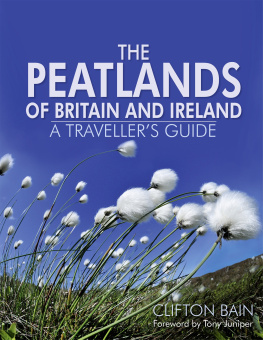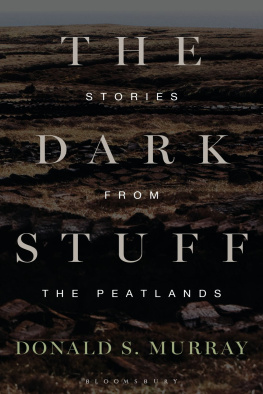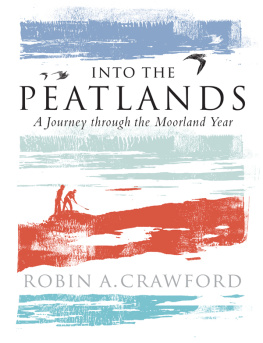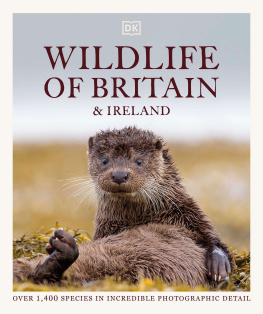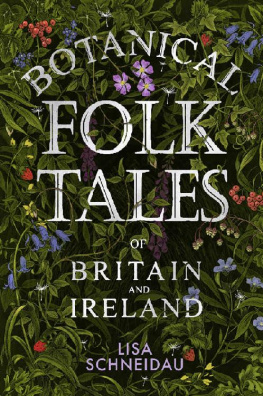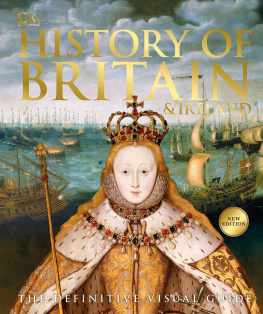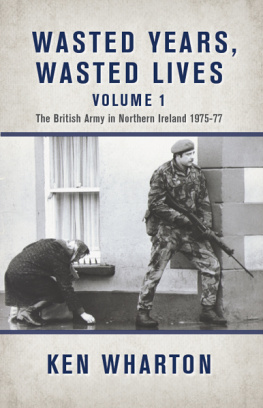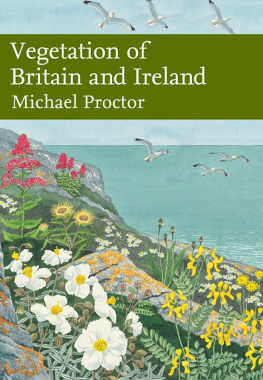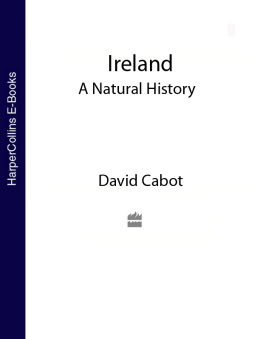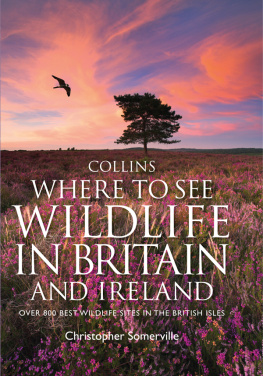FOREWORD
A Modern Perspective on Peatlands

Britain and Irelands peatlands comprise some of our most precious and evocative landscapes. From the vast expanses of blanket bog that smother the broad, undulating vistas of west coast Ireland and the north of Scotland to the valley mires of the southern heaths, and from the raised bogs of the north-west of England to the Fens of East Anglia, these wonderful natural systems are diverse in character.
My own forays as a naturalist and conservationist have taken me to many of these places, very often as part of some effort to save them from damage or destruction. Like many others, my motivation came from a growing appreciation of the wonderful wildlife that depends on such ecosystems, and also an appreciation of the unique circumstances that cause them to exist in the first place.
Peat is formed in wetlands, where water causes the decomposition of dead vegetation to be exceeded by its accumulation, over time leading to ever deeper deposits of plant material. This and other unique aspects of peatlands have long fascinated ecologists, although today it is increasingly clear how peatlands are not only of great interest, but also of great importance. Although for too long they have been regarded as desolate wastelands, we know now that peatlands are in fact hugely valuable.
Despite our growing appreciation of their significance, however, many peatlands remain under pressure and are in a process of progressive degradation. As they reveal the effects of deteriorating health, so damaged peatlands fulfil fewer of their previous functions, in turn leading to diminished value for both society and wildlife.
Rising carbon dioxide concentration in the air, the inundation of fields and homes after heavy rain, poor water quality and disappearing wildlife are all among the consequences, in turn creating costs and reduced value for people.
The good news is that not only can healthy peatlands be conserved, but damaged ones can be restored, in the process realising many benefits. In the pages that follow, readers can learn more about not only the nature and character of Britain and Irelands rich peatlands, but also the ways in which it is possible to place peatlands on the road to recovery, in the process reversing the effects of centuries of ignorance as to their true value.
Clifton Bain tells the story of these wonderful ecosystems not only with passion and clarity, but also with the kind of unparalleled insight that can only be drawn from more than three decades of study and advocacy. Vivid first-hand accounts bring the peatlands to life, and should the reader be inspired to get their boots on and get outside to see for themselves, then detailed maps will take you to where you need to go.
While the story of our peatlands is at times one of decline and damage born out of short-term expediency and a failure to see the bigger picture, this book gives life to a more modern perspective, wherein healthy peatlands can support a sustainable future, not only for wildlife but people too. More important still is the message that we have the means to restore peatlands, if only we choose to adopt them. That choice is one for society as a whole, which in turn will depend upon our collective awareness, and that is why this book is so important.
Dr Tony Juniper CBE, environmentalist and writer
ACKNOWLEDGEMENTS
The Peatlands of Britain and Irelandis intended as a celebration of the remarkable turnaround in the fate of our peatlands as society begins to appreciate their true worth.

